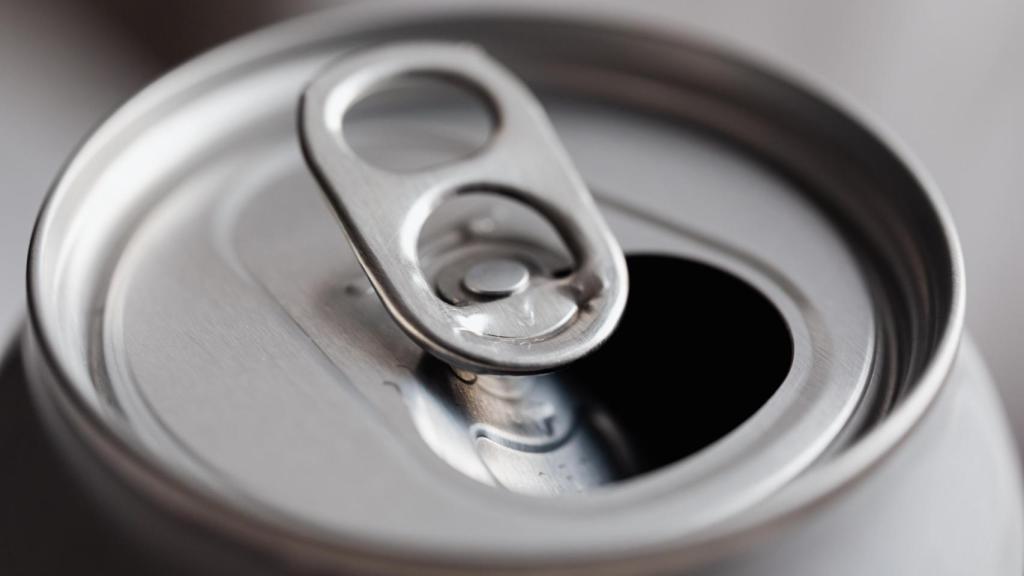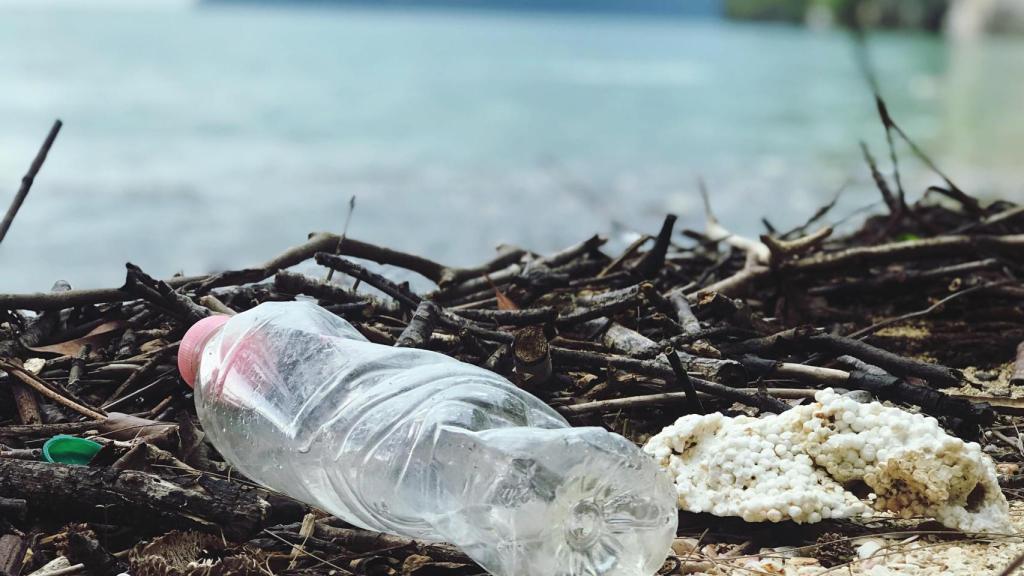Recycling can seem like a laborious task. Especially when the types of waste that exist or the meaning of some terms are unknown. To clarify all those questions that arise when facing the five containers that populate the streets of our cities, EL ESPAÑOL proposes a kind of dictionary with the essential concepts of recycling.
With these clarifications, we can all improve our habits to contribute to the achievement of SDG 12 (responsible production and consumption).
The odyssey of recycling packaging
These containers often create indecision when they are going to be recycled. For Ecoembes, the non-profit organization dedicated to the recovery of packaging throughout Spain, a container is “any article made with materials of any nature, used to contain, protect, manipulate, distribute and present merchandise”.
A soda can is a metal container and is deposited in the yellow container
Therefore, the packages can be made of four different materials. These are the plastic, like a bottle of water or yogurt. The metal with which soda cans or aluminum foil are made. The paperboard from egg cups or boxes of fruits and vegetables.
Finally there would be those cardboard, polyethylene plastic and aluminum containers –los briks-, which are usually used for milk or juice.
Although all of them are containers, not all of them are deposited in the same place. At yellow container –that usually generates your doubts – the plastic or metal containers and cartons. Also, the caps of the bottles, as long as they are made of plastic or metal.
Paper and cardboard packaging goes to blue container. Folios, the paper used to wrap gifts, footwear and paper bags or magazines are also deposited there..
Something to take into account when selecting cardboard, wood or paper packaging and products -even hygienic or kitchen ones-, is the FSC certificate. This labeling indicates that the material used comes from well-managed forests and plantations. There are different categories such as 100% FSC -submitted exclusively from sustainable forests-, Recycled FSC -made with recycled materials- and Mixed FSC -a mix of the above-.
Can I recycle all plastics?
“Between 4.8 and 12.7 million tons of plastic each year end up in the oceans.” The Innovation and Development Center for the Circular Economy (CIDEC), in your report r-PET on the circularity of packaging, published in 2021, makes it clear: plastics are among the 60% and 80% of total marine litter. And therefore, aquatic ecosystems suffer the effect of not recycling plastic correctly.
Marine ecosystems suffer the effect of not recycling plastics
There is a classification system that categorizes this material according to its composition, which makes the management of this waste easier. On the one hand, there are the plastics that they can be recycled. These bear a triangular label with a Resin Identification Code (RIC) formed by three arrows.
Depending on the type of plastic the product is made of, the label will show a number in the center and certain initials. The ones that interest us most due to their daily utility are the PET (polyethylene terephthalate) -indicated with the number 1-, a transparent and completely recyclable plastic. It is usually found in water bottles, drinks or food containers.
But also the high-density polyethylene (HDPE), indicated with the number 2, is another of the most used plastics, and it is found in cosmetic products, cleaning products or in tetrabriks.
Between 4.8 and 12.7 million tons of plastic enter marine ecosystems each year, 60-80% of all marine litter
The PVC (polyvinylchloride), indicated with the number 3, is present in cleaning products, bottles or cables. Or finally, the low-density polyethylene (LDPE), or number 4, is used for plastic wrap or single-use shopping bags.
Waste and scraps, are they the same?
Alfonso del Val, in his Recycling book (RBA, 2000), defines waste as “all material in solid, liquid or gaseous state, either isolated or mixed with others, resulting from a nature extraction process, transformation, manufacture or consumption, which the owner decides to abandon “.
In addition, Law 22/201, of July 28, on Waste and Contaminated Soils, establishes a distinction between types of waste: domestic, commercial, industrial, hazardous and bio-waste. And the first are the ones we are most interested in addressing.
Household waste would be generated in households as a consequence of domestic activity. Among them are damaged electrical or electronic equipment, clothing, batteries, furniture or everything that is thrown into the garbage can at home.
What makes the difference between the residues is an unimportant detail at first glance: its ability to be recycled or reused. A waste that can be recycled would be a cardboard, plastic or glass container, for example, but also a mobile that no longer works.
For its part, everything we commonly call trash and that can go through the composting process would be organic waste. Compost is obtained, as Ecoembes explains, through “transformation of organic matter into bio-waste that can be used as a fertilizer and even as an energy generator “.
What makes the difference between waste is its ability to be recycled or reused
Fruit and vegetable skins and coffee grounds would go to the brown container, the specific one for organic waste. Used napkins or papers are also bio-waste and therefore would go to the same container.
For its part, the remains are those wastes that cannot be recycled or used to compost. These, which would be deposited in the gray or orange lid container -depending on the autonomous community-, they would be pacifiers, diapers, kitchen utensils, compresses, tampons, hair, dust or cigarette butts.
The principle of change is to understand that none of the waste that can be recycled or reused is intended for single use. Everyone can have a second life. And changing the way these concepts are perceived will be the first step to boost the circular economy and planetary (and human) health.
Follow the topics that interest you
Reference-www.elespanol.com

